The history of humankind has also been the history of human intelligence and its continuous evolution. Ironically, this has enabled us to amass so much knowledge and information that it has become humanly difficult for us to process it in real time. Artificial intelligence aka AI is a must now.
Moreover, as we acquire new knowledge, we also tend to lose what we had gained in the past. This is a weakness inherent to us humans, but the digital information systems that we developed help us overcome that shortcoming amazingly well.
Today, we can store and retrieve knowledge at will. More importantly, we can store it in one form and retrieve it in another form. Speech recognition AI technologies have matured to remarkable levels today. One would simply record a conversation and transcribe it within minutes in a perfectly legible text form. Similarly, chatbot technologies are rapidly redefining the customer interfaces for many an organization.
AI is the new game changer
Artificial intelligence driven solutions are now playing a critical role in processing knowledge and utilizing the learnings to augment human activities.
These AI solutions help us shorten our response times to a situation, so that we are able to make the most of an opportunity and deal with a threat in the best possible manner.
However, the AI deployments are still in early stages, though it is hoped that the Covid-19 pandemic will accelerate these deployments. Specifically, technologies like speech recognition, chatbots, and robotic process automation (RPA) have rapidly matured in the recent years and are now ready for large-scale adoption.
Imagine what would have happened if all cities and governments were armed with sophisticated AI tools when the Covid-19 cases surfaced or were in their early stages of spread. It is quite likely that authorities would have been able to contain the spread before it spiraled out of control.
That brings us to the theme of digital transformation, which could accelerate widescale deployment and usage of AI solutions by governments, businesses, and citizens alike.
Transformation and agility – two sides of the same coin
Transformation could be accelerated by being agile. If you are agile, then you can transform quickly. And if you’re committed to transformation then you will be eager to embrace agility.
Organizations that had already advanced on the path of digital transformation, are today better prepared to adapt and respond to the challenges. Expectedly, they will also be the ones to recover faster than others.
Other businesses too must undertake rapid transformation routes to emerge truly nimble and agile if they were to survive a long and slow macroeconomic recovery cycle. Such an approach would enable them to respond to market situations in dynamic and resilient ways, create value for themselves and their customers, and muster growth and profitability in a sustainable manner.
Moreover, businesses could also leverage IT to change the shape of recovery curve to an extent and create greater value for their stakeholders as well as customers.
AI is the soul of future digital transformation initiatives
AI could significantly accelerate innovation and transformation. It is time to open up new streams of AI conversations that will help realign the digital transformation agenda of businesses to the changed needs of a post-pandemic era.
AI case studies and use cases already exist that could be adapted and used by organizations and governments. Leading organizations in areas such as banking, financial services, retail, logistics, healthcare, automobiles, e-marketplaces, and cybersecurity are already at the forefront of AI adoption. In the near future, while they work to further perfect and mature their AI applications, other organizations will be keen to catch up.
One good way to accelerate AI adoption would be to watch the early movers and learn from their successes and failures.
For instance, Mastercard has been an early mover. It introduced Decision Intelligence, a comprehensive decision and fraud detection service, in November 2016. According to Mastercard, the solution uses artificial intelligence technology to help financial institutions increase the accuracy of real-time approvals of genuine transactions and reduce false declines.
Similarly, AT&T, the world’s largest telecommunications company, has also been an early deployer. In December 2016, AT&T rolled out its entertainment chatbot Atticus.
In April 2017, Vodafone UK launched its AI chatbot, TOBi, powered by IBM Watson and LivePerson. The telco described it as a virtual customer services’ agent that could handle a range of customer queries including device troubleshooting, usage, and order tracking, among others.
The Covid-19 scenario has made a profound impact on the way people collaborate and work. In this situation, AI and ML will be the key navigational technologies to deliver results, and hence, are expected to be embraced widely by organizations of all scales.
[If you would like to share a use case and recommend it in the larger interest of other organizations, please drop me a word at deepakk@bmnxt.com.]



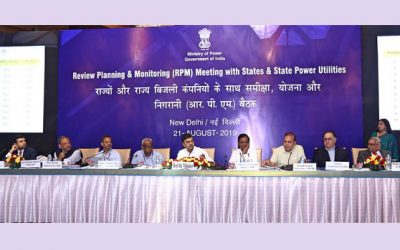
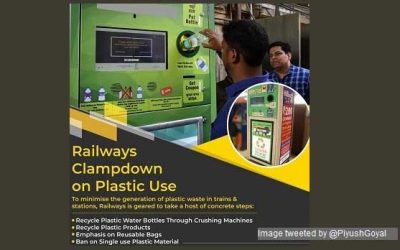
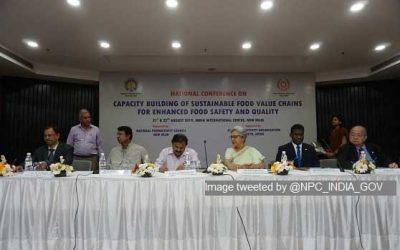
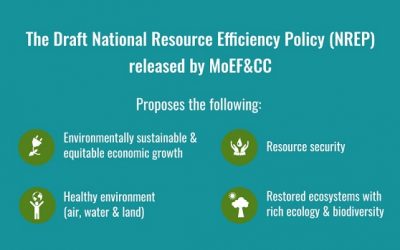
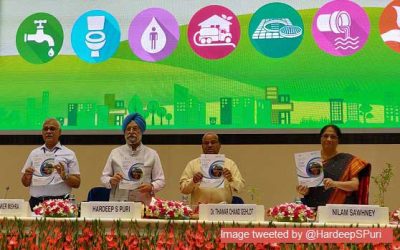

0 Comments